Study about Interview Questions on Differential Pressure Flow Transmitter. Read this Flow Measurement ebook for interview preparation.
Differential Pressure Flow Transmitter Questions
How do you do a zero check on a differential pressure transmitter?
Before doing anything with a differential pressure transmitter as with other process instruments, be sure that it is isolated from the system process especially when the industrial plant is in operation.
This can be done resetting the setpoints of the transmitter, bypassing signal transmissions and putting it in bypass mode, or putting the transmitter in maintenance mode. It really depends on the system design of the company. Ensure to inform the control room personnel before and after the job.
Usually jobs like this are done during plant shutdown and is in for maintenance. Never attempt to adjust, or manipulate any part of the transmitter either physically or with its parameters without proper communications with process and production personnel. It could lead to a plant emergency shutdown which we don’t want to happen.
Now, to zero check a differential pressure transmitter, a technician can close either one of the low pressure side or high pressure side isolation valves. usually the high pressure valve is the one that is closed to prevent transmitter damage and must be closed slowly. Open the equalizing valve also slowly.
Both can be closed or open at the same time but do it in a very slow manner. Also, ensure that the you know the working pressure of the process to have an insight of how much pressure there would be in case of leakage or any other undesirable events. The three valves can be found in the valve manifold or in line with the impulse lines if installed otherwise.
What to check when differential flow transmitters indication is more?
First flushing the transmitter. Flush both the impulse lines. Adjust the zero by equalizing if necessary.
If still the indication is more then.
Check low pressure (L.P). side for choke. If that is clean then.
Check the leaks on low pressure (L.P.) side. If not,
Calibrate the transmitter.
What is Bernoulli’s theorem and where it is applicable?
Bernoulli’s theorem states the “total energy of a liquid flowing from one point to another remains constant.” It is applicable for non compressible liquids.
Answers.com states that Bernoulli theorem is an expression of the conservation of energy in the steady flow of an incompressible, inviscid fluid; it states that the quantity (p/ρ) + gz + (v2/2) is constant along any streamline, where pis the fluid pressure, v is the fluid velocity, ρ is the mass density of the fluid, g is the acceleration due to gravity, and zis the vertical height. Also known as Bernoulli equation; Bernoulli law.
Why is the orifice tab provided? What is its purpose?
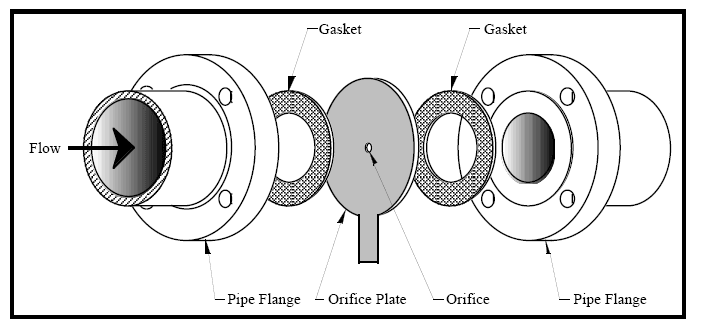
The orifice tab is provided due to the following reasons.
- Indication of an orifice plate in a line.
- The orifice diameter is marked on it.
- The material of the orifice plate.
- The tag no. of the orifice plate.
- The mark the inlet of an orifice.
How do you carry out piping for a differential pressure flow transmitter on liquids, gas and steam services?
Liquid lines :
On liquid lines the transmitter is mounted below the orifice plate because liquids have a property of self draining
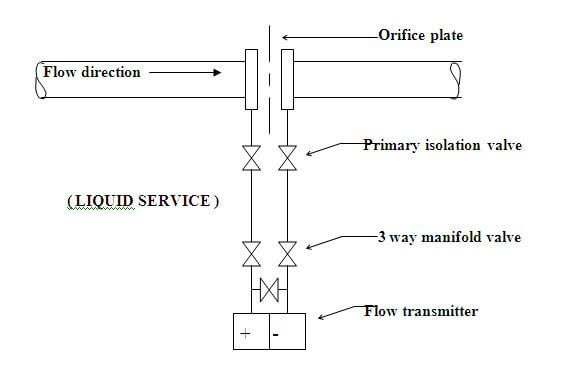
Gas Service :
On gas service the transmitter is mounted above the orifice plate because Gases have a property of self venting and secondly condensate formation.

Steam Service :
On steam service the transmitter is mounted below the orifice plate with condensate pots. The pots should be at the same level.
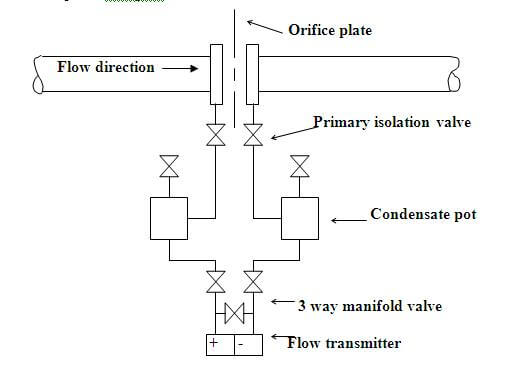
What are the different types of orifice plates and their uses ?
The different types of orifice plates are :
- Concentric.
- Segmental.
- Eccentric.
- Quadrant Edge.
Concentric :
The concentric orifice plate is used for ideal liquid as well as gases and steam service. This orifice plate beta ratio fall between of 0.15 to 0.75 for liquids and 0.20 to 0.70 for gases, and steam.
Best results occur between value of 0.4 and 0.6. beta ratio means ratio of the orifice bore to the internal pipe diameters.
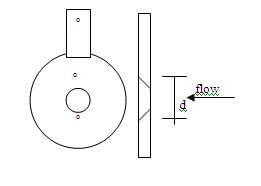
Eccentric :

Segmental :
The segmental orifice place has the hole in the form segment of a circle. This is used for colloidal and slurry flow measurement. For best accuracy, the tap location should be 180º from the center of tangency.
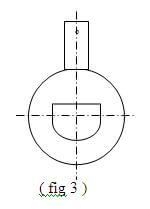
Quadrant Edge :
It common use in Europe and are particularly useful for pipe sizes less than 2 inchs.
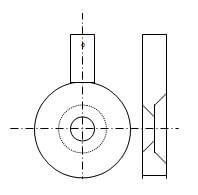
Quadrant edge orifices produce a relatively constant coefficient of discharge for services with low Reynolds numbers in the range from 100,000 down to 5,000.
What are the primary elements used for flow measurement ?
Orifice Plate –
Orifice plate is used for flow rate measuring in pipe systems. With orifice plate, pressure drop is created. Based on the magnitude of pressure drop, flow rate can be calculated. This instrument is very practical for large tube diameters and for dirty fluid when turbines are not applicable.
Venturi tube –
Due to simplicity and dependability, the Venturi tube flowmeter is often used in applications where it’s necessary with higher TurnDown Rates, or lower pressure drops, than the orifice plate can provide.
In the Venturi Tube the fluid flowrate is measured by reducing the cross sectional flow area in the flow path, generating a pressure difference. After the constricted area, the fluid is passes through a pressure recovery exit section, where up to 80% of the differential pressure generated at the constricted area, is recovered.
Pitot tube –
The pitot tube measures the fluid flow velocity by converting the kinetic energy of the flow into potential energy.
The use of the pitot tube is restricted to point measuring. With the “annubar”, or multi-orifice pitot probe, the dynamic pressure can be measured across the velocity profile, and the annubar obtains an averaging effect.
Annubars –
An annubar consists of several pitot tubes placed across a pipe to provide an approximation to the velocity profile, and the total flow can be determined based on the multiple measurements.
Flow Nozzle –
Flow Nozzle is a differential flowmeter that creates a flow restriction for, typically, high-velocity, non-viscous, erosive flows.
Weir & Flumes –
A weir is a low dam or overflow structure built across an open channel. It has a specific size and shape with a unique free-flow, head-discharge relationship.
The edge or surface over which the water flows is called the crest. Discharge rates are determined by measuring the vertical distance from the crest to the water surface in the pool upstream from the crest. Flumes are primary devices that constrict an open channel flow for measurement.
Once the flow is backed up behind the constriction there is a defined relationship between the depth up stream and the flow through the constriction. This relationship can either be determined from an equation or a table.
Also Read: DCS & Field Interview Questions

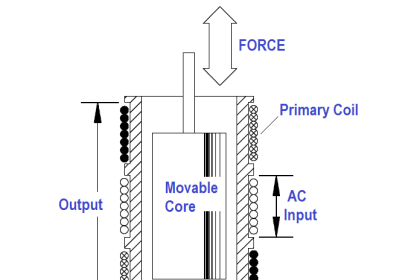

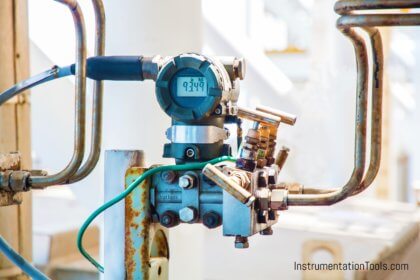
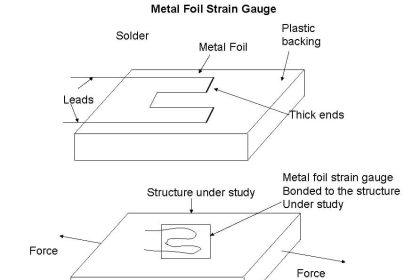
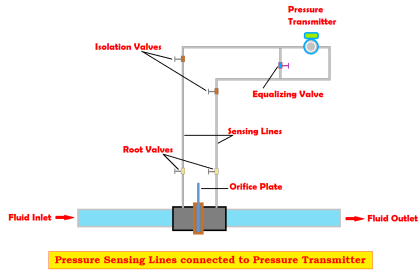

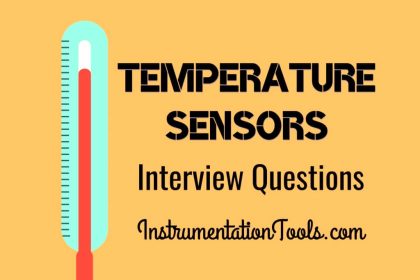

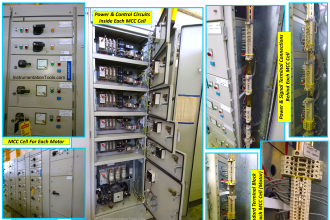
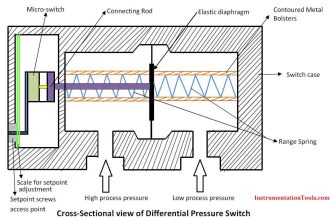

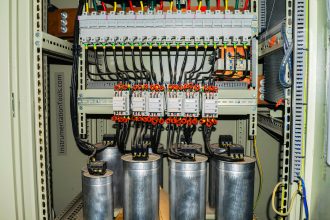

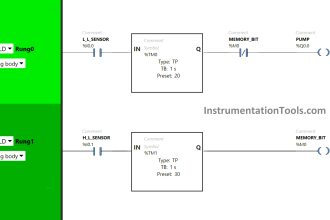
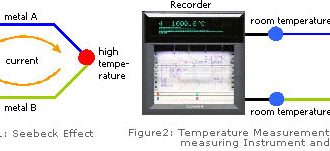
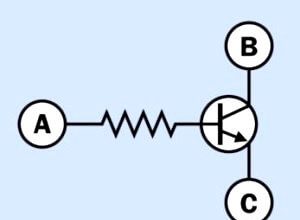

Very useful articles